by Steve Selden | Dec 19, 2014 | Conservation
There are many ways to see the natural wonders of Churchill. The diversity of the region and the various modes of transportation, both land and sea based, afford some truly adventurous methods to see it all. From polar bears to beluga whales to all the other supporting animals in this Arctic cast of beautiful creatures, one can come to Churchill with Natural Habitat Adventures and see as much as you can!

Polar bear taking roll call at a polar rover.
The polar rover is built from the wheels up by our local operator. It’s an amazing vehicle in its own right though when you see polar bears from the back open – air deck you will really see how magical both machine and bear are.

Polar bear looking for a free lunch. Brad Josephs photo.
You can’t get any closer to a polar bear than this in Churchill, Manitoba.

Hudson Bay helicopter lifting off with a cargo of polar bears. Sean Beckett photo.
Hudson Bay Helicopters transports travelers to see the incredible landscape and wildlife below on the tundra and ice. They also play an integral part in wildlife management in the area by transporting bears and biologists to various destinations.
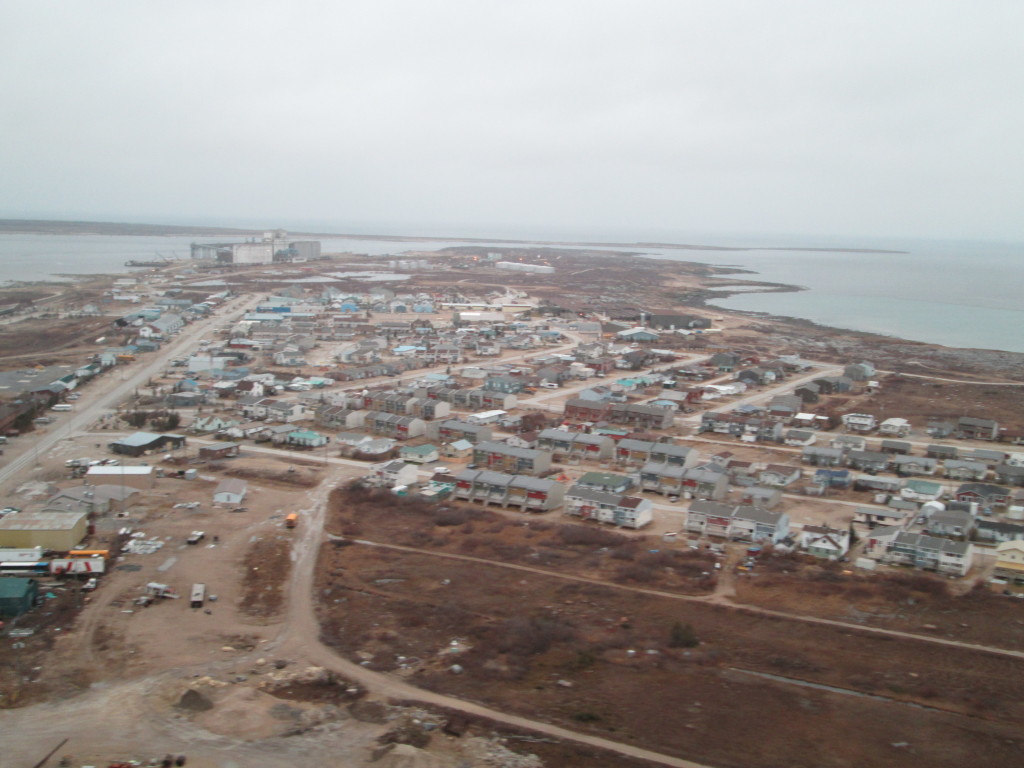
A birds eye view from the helicopter above Churchill. Karen walker photo.
Helicopters offer a perspective of the open space and town of Churchill that is eye opening.
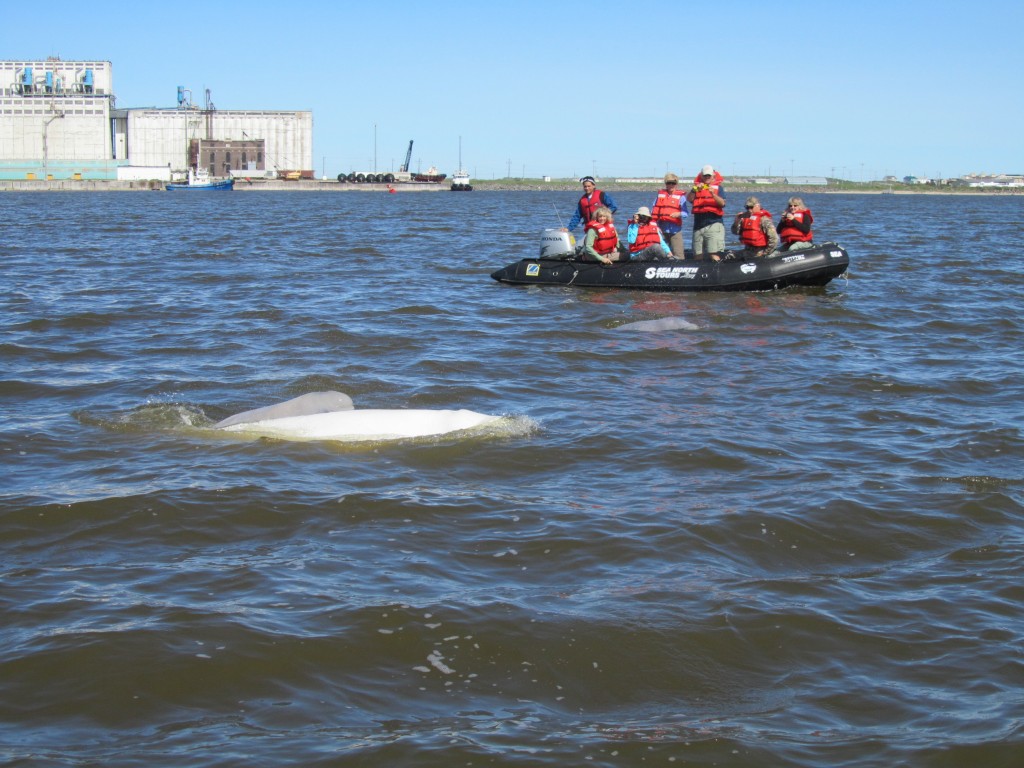
Natural Habitat travelers beluga watching in the Churchill River.
Zodiacs on the Churchill River offer a surface view of beluga whales you cannot get from a bigger vessel where you’re looking down on the whales.

A beluga whale popping out from the Churchill River near the mouth where visibility is amazing. Steve Selden photo.
My favorite photo from my guiding years in Churchill. The thrill of seeing a beluga so close that the spray from his blowhole hits you in the face..
Whatever mode of wildlife adventure you experience you will have memories for a lifetime!
by Steve Selden | Dec 18, 2014 | Churchill News
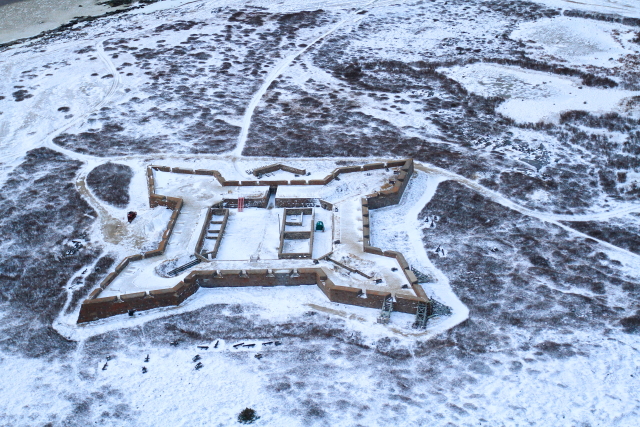
Fort Prince of Wales on the West side of the Churchill River.
If you venture to Churchill in the summertime with Natural Habitat Adventures there’s a good chance you’ll travel cross-river and tour Fort Prince of Wales with a guided interpretation from a Parcs Canada ranger. An intriguing and somewhat comical history endures.
In 1717, just a few years after the Treaty of Utrecht returned all Hudson Bay posts to England, James Knight from the Hudson Bay Company built the ” Churchill River Post” and it was renamed “Prince of Wales” two years later. The initial trading post/fort was constructed to pretty much take advantage geographically of the more northern location and general accessibility to multiple regional fur traders and native trappers.
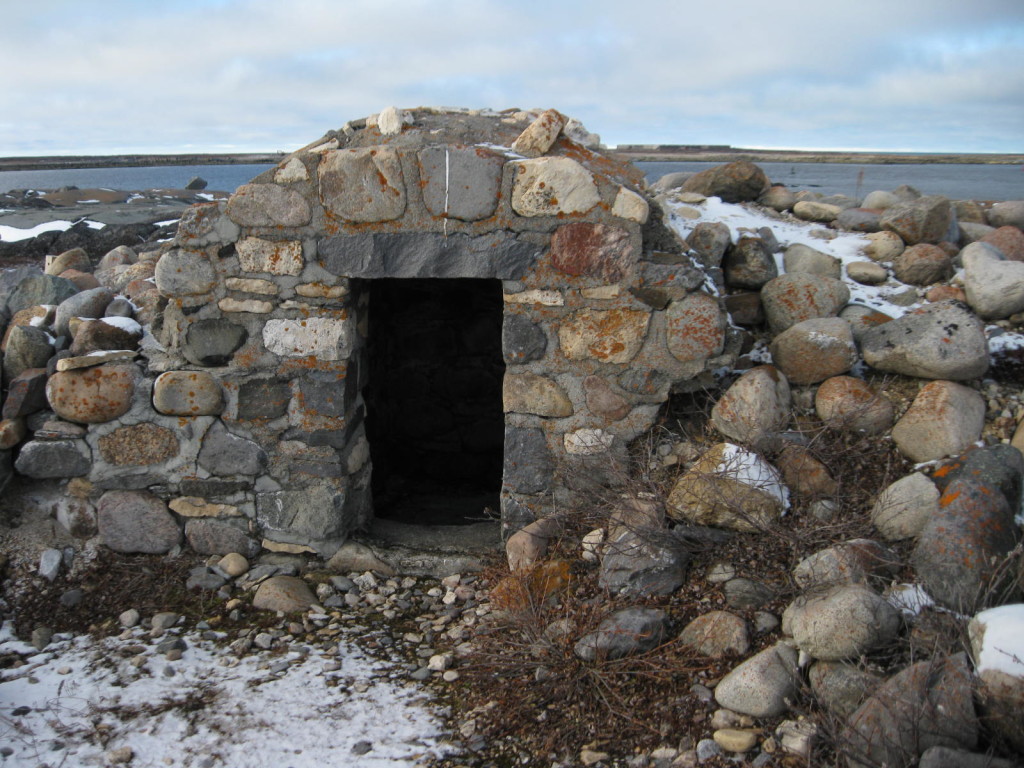
Ammunition cache at Cape Merry for cannon protection of Fort prince of Wales. Karen Walker photo.
With the ongoing feud and battle to control the fur industry between the french and English, the need for a stronghold of greater security seemed like a good idea.
In 1731 construction of the current day Fort Prince of Wales began out on Eskimo Point at the mouth of the Churchill River. A mere 40 years later the four-meter-thick stone walls were completed and the 40 cannon mounts were in place. Nearly unbearable winter living conditions made the construction process less than expeditious. With the sparseness of trees in the area, gathering firewood for heat also was a laborious task. If we could hear the stories from those days.

A view across the Cape Merry barrens past the battery and to Fort prince of Wales.
The star fort design, originally conceptualized in the mid-15th century in Italy worked quite well in covering all angles of attack with cannons. Walls were constructed low and thick to withstand cannon fire. A deep ditch surrounding the fort was to compensate for the lower walls.
The grand irony of the entire project culminated in 1782 when three French warships commanded by general La Perouse captured the fort without a single shot being fired. During the whole construction process, the minor details of training the stationed men how to fire a cannon seemed to slip through the cracks. Again, with the severe weather conditions, one can only imagine how basic survival during construction trumped all other endeavors.
In 1934 the process of reconstructing the partially demolished and downtrodden fort began. That process has restored the fort to a most presentable condition. In recent years, an intense archeological effort has produced incredible artifacts used to paint a more vivid picture of life in the 18th century.
by Steve Selden | Dec 17, 2014 | Tour News, Videos
Take a look at this 2012 phenomenal video documentary by videographer Snorre Wik with additional filming by Jens Christiansson and Marco Tedesco with his research team. Greenland has the world’s second largest ice sheet just behind Antarctica. The percentage of surface ice melt reached an alarming ninety-seven per cent in the summer of 2012. The footage within the documentary, a national Emmy award nominee in 2012, is breathtaking, disturbing and motivational. With the new year on the horizon, we all need to take a serious, urgent look at how we each can make a difference and cut down our carbon footprint. Take a look at this oddly inspiring film ….then make a resolution!
by Steve Selden | Dec 16, 2014 | Churchill Photography
Everyone is still buzzing about the polar bear season that came to a close the third week of November. A relatively smooth season overall for Natural Habitat Adventures culminated with the last of the bears being released from the polar bear compound onto the Hudson Bay pack ice. Here are some more photos from a very memorable season.

A sun dog casting its’ rays on an inukshuk. Brad Josephs photo.

Two coy frolick in the willows. Colby Brokvist photo.

Polar bear sniffing around the polar rover. Brad Josephs photo.

Polar bear print in the snow. Karen Walker photo.

Polar bears in sparring mode. Colby Brokvist photo.
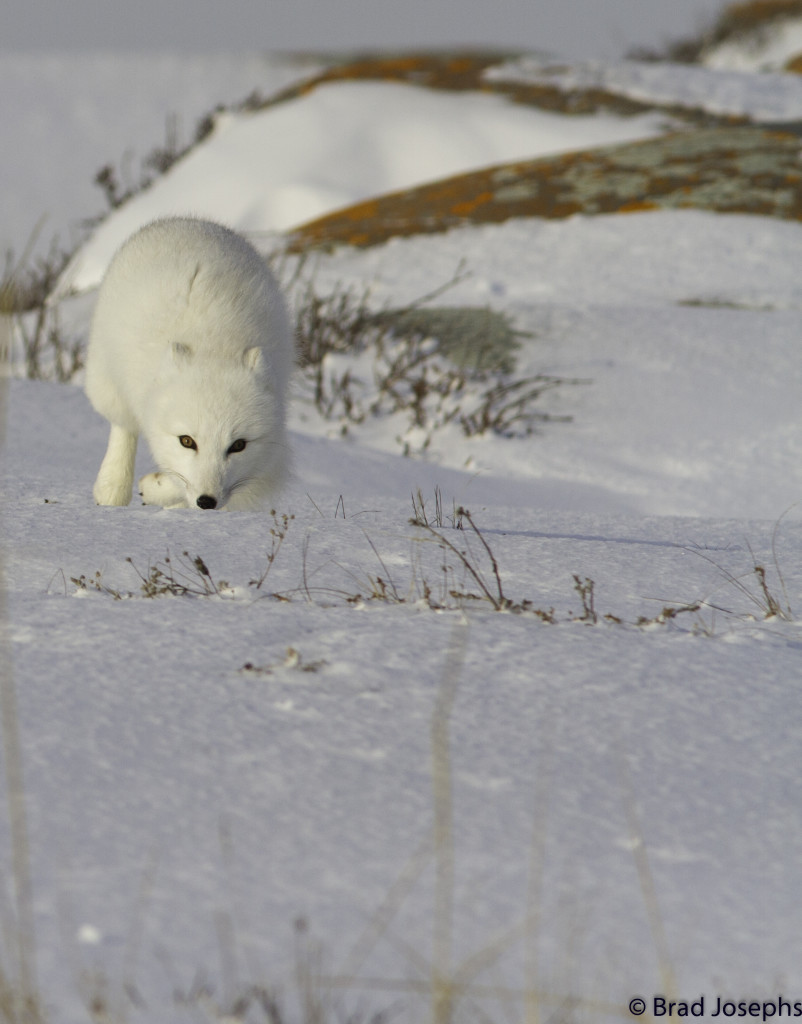
Arctic fox sniffing the tundra for prey. Brad Josephs photo.
by Steve Selden | Dec 15, 2014 | Churchill Photography

Polar bears sparring on the Churchill Tundra. Brad Josephs photo.
Being prepared with all the right gear is the best photo tip I can offer from years of working with professional photographers in the field. If you’re not a full-time wildlife photographer that could be tricky. As we all know ,camera gear is pricey, so when going on an once -in – lifetime trip like Churchill to see polar bears, renting equipment might be the best option.

You don’t need to spend a ton of money on different filters, meters or other accessories but you should absolutely try and acquire the longest lens you can. A 600 mm or even a 800 mm or longer lens to get up -close and personal would be optimal.

The FL 880 f/8 provides high contrast even at pictures taken at long distances.
Many times you are close enough in the polar rovers to utilize general photography lenses such as 200-400 mm telephoto types. However, to capture many of the shots like the sparring bears above from Natural Habitat guide Brad Josephs you need the longer lenses. Again, if you are not going to be using the lens on a regular basis, consider renting for the week of the trip. It’s well worth the expense to get those amazing shots. Mixing the up-close photos with the landscape and horizon shots allows you to tell a deeper more personal story with your camera.


















